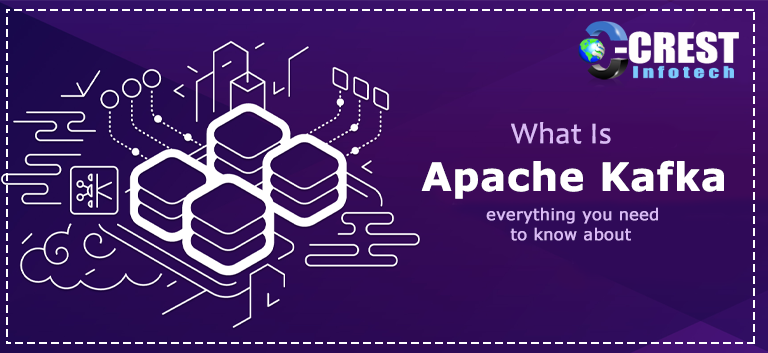Kafka’s success and growth have reached new heights. It has grown in popularity to the point that it has begun to eclipse the popularity of its namesake author Franz Kafka. Kafka’s success can be seen in the fact that it is used by over 500 Fortune 500 firms.
These firms include the top seven banks, nine of the top ten telecommunications firms, top ten travel firms, and eight of the top ten insurance firms, among others. Netflix, LinkedIn, and Microsoft are only a handful of the companies that use Kafka to process four-comma messages (1,000,000,000,000) every day.
You’re probably wondering what makes Kafka so famous. If you’re asking yourself this question, you’re not alone. And you’ve come to the right place because we’ll go over every aspect of Kafka here, including its history, how it works, main differentiators, use cases, and much more.
What is Apache Kafka?
The Apache Software Foundation created Apache Kafka, an open-source streaming platform. Kafka was originally created at LinkedIn as a messaging queue; but, over time, it has evolved into much more than that. It has now evolved into a powerful data-streaming platform. Not only that, but it has a wide range of applications.
One of Kafka’s main benefits is that it can be scaled up as required. All you have to do to scale up is add more nodes (servers) to the Kafka cluster.
Kafka is also known for handling large amounts of data in a short period of time. Owing to its low latency, it also allows for real-time data processing. Kafka is a distributed messaging system written in Java and Scala.
Via Kafka Link, Kafka can connect to external systems for export and import. Additionally, it includes Kafka Streams, a Java stream processing library. Kafka employs a binary TCP-based protocol that is based on the concept of a “message package.” This groups the messages together to reduce network roundtrip overhead.
As a result, Kafka can turn a stream of random messages into linear writes by using larger sequential disc operations, larger network packets, and contiguous memory blocks.
There are a number of features that distinguish Kafka from conventional messaging systems like RabbitMQ. First, Kafka keeps the message for a certain amount of time (the default is 7 days) after it is consumed, while RabbitMQ deletes the message as soon as the user confirms it.
RabbitMQ not only pushes messages to users, but it also keeps track of their load. It decides how many messages each user should be processing at any given time.
Kafka, on the other hand, allows users to retrieve messages. Pulling is another term for this. With the addition of nodes, Kafka is built to scale horizontally. This differs from conventional messaging queues, which expect to scale in the vertical direction as the machine’s power increases.
The origin story at LinkedIn
Kafka was founded in 2010 by Jun Rao, Jay Kreps, and Neha Narkhede at LinkedIn. Kafka was created to address the problem of low-latency ingestion of large volumes of event data from the LinkedIn website into a lambda architecture that combined real-time event processing systems and Hadoop.
There was no solution for this kind of ingress of real-time applications at the time, so “real-time” processing was the secret.
For ingesting data into offline batch systems, there were some successful solutions. However, they used to let downstream users in on implementation information. They also used a push model, which would be enough to confuse any customer.
When it comes to conventional messaging queues, they ensure excellent distribution and include features such as protocol mediation, transfers, and message usage monitoring. They were, however, overkill for the use case LinkedIn was developing.
All, including LinkedIn, was working on a learning algorithm at the time. However, algorithms are useless without details. It was difficult to get data from the source systems and efficiently pass it around. Established enterprise messaging and batch-based solutions were unable to address the issue.
Kafka was designed to be an ingestion backbone. Kafka was ingesting over 1 billion events a day in 2011. According to LinkedIn, intake rates are currently around 1 trillion messages per day.



